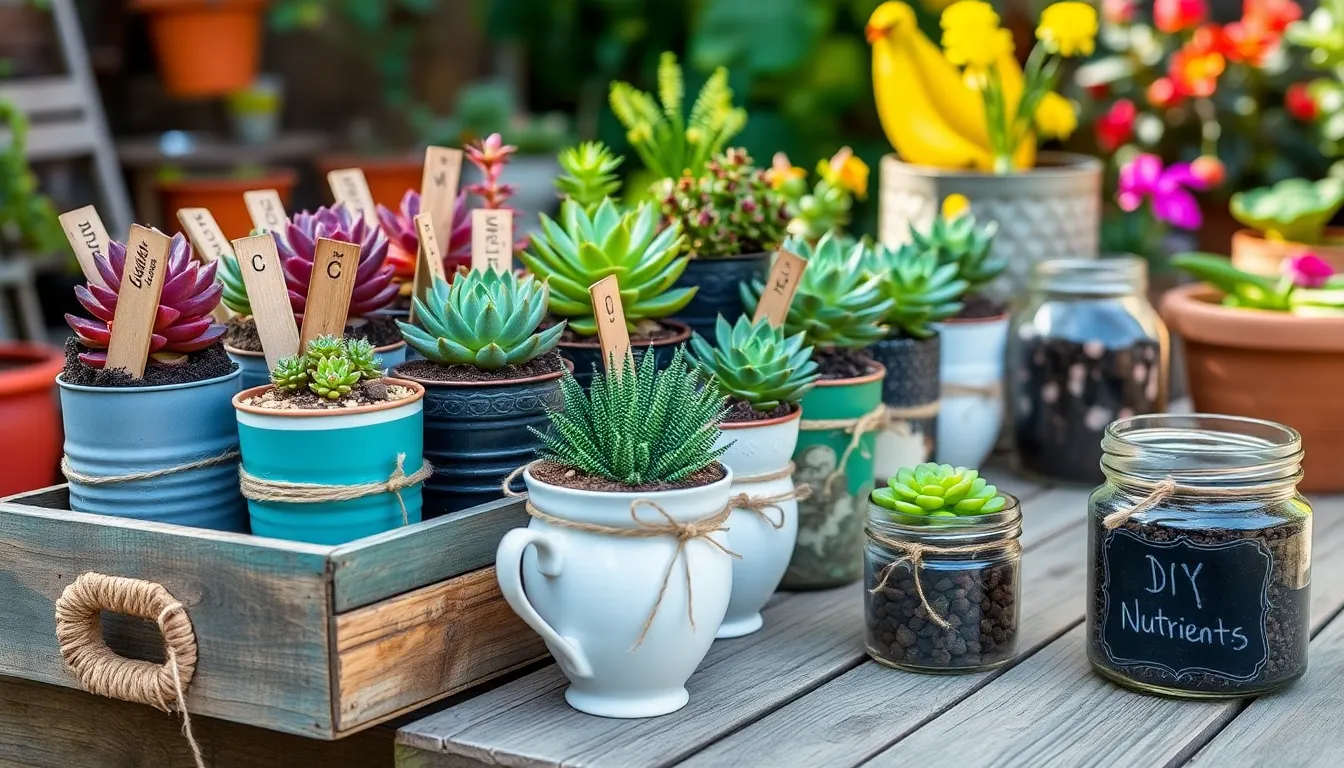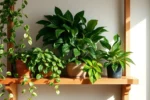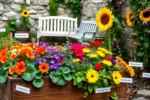Gardening is a journey that invites both novices and seasoned green thumbs to cultivate beauty and nourishment right outside their doors. Whether you’re just starting out or have been nurturing plants for years, there are always fresh, ingenious ways to enhance your gardening experience. In this article, we delve into some simple yet transformative gardening hacks that promise to make your time in the garden more rewarding and less labor-intensive. These tips are designed to not only save you time and effort but also to open your eyes to new possibilities that might have been right under your nose—or, more aptly, your trowel.
The importance of innovation in gardening cannot be overstated, as it leads to healthier plants and more bountiful harvests. With the right hacks, you can turn everyday challenges into opportunities for growth and learning, making your garden a true reflection of your personal touch. Throughout this article, you’ll discover creative uses for common household items, clever planting techniques, and strategies to maximize space and resources. Each hack is crafted to be practical and straightforward, ensuring that regardless of your experience level, you can implement them with confidence.
By embracing these simple gardening hacks, you’ll be able to tackle common gardening dilemmas with ease and creativity. It’s about making gardening accessible and enjoyable, weaving efficiency with the joy of watching your garden flourish. As we share these insights, our goal is to empower you with knowledge that transforms your gardening routine into a source of joy and pride. So grab your gloves and get ready to explore a world of gardening possibilities that await just a few steps outside your door.
Repurpose Kitchen Scraps for Compost

Composting kitchen scraps is an effective way to enrich your garden soil while reducing waste. By utilizing vegetable peels, fruit scraps, and coffee grounds, you can create a nutrient-rich compost that enhances plant growth.
To start, collect kitchen scraps in a small container and transfer them to a compost bin regularly. It’s important to maintain a balance of green materials, like fruit and veggie scraps, and brown materials, such as dried leaves or shredded paper, to ensure your compost breaks down efficiently.
For beginners, a simple tip is to chop larger scraps into smaller pieces. This increases the surface area and speeds up the decomposition process, making your compost ready faster.
Advanced gardeners might experiment with adding eggshells, which are rich in calcium, to help strengthen plant cell walls. However, ensure they are crushed finely to help them break down more easily in the compost.
Remember to keep your compost moist but not soggy, similar to a wrung-out sponge. Turn the compost pile every few weeks to aerate it, which helps speed up decomposition and prevents unpleasant odors.
Use Coffee Grounds as Fertilizer
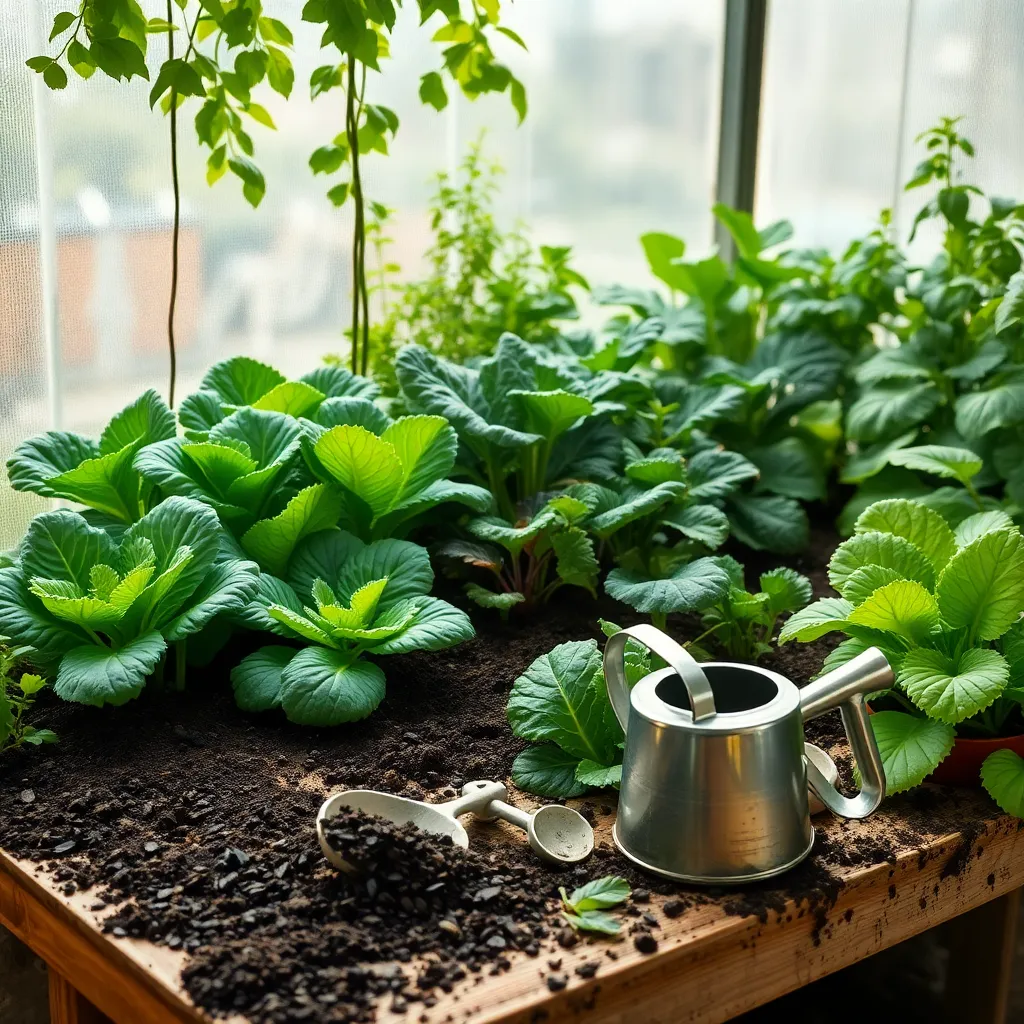
Coffee grounds are an excellent source of nitrogen, which is essential for plant growth. By incorporating coffee grounds into your soil, you can boost the nutrient content, making your garden more fertile and productive.
To use coffee grounds as fertilizer, simply sprinkle them around the base of your plants. Make sure to mix them into the top layer of the soil to prevent them from forming a crust that can block moisture and air.
Acid-loving plants like blueberries, azaleas, and roses particularly benefit from the addition of coffee grounds. These plants thrive in slightly acidic soil, and coffee grounds can gently lower the pH, creating an ideal growing environment.
For those with compost bins, adding coffee grounds can enhance the composting process. The grounds add a rich source of nitrogen to the compost, balancing the carbon-rich materials like dried leaves and straw.
Create DIY Self-Watering Planters
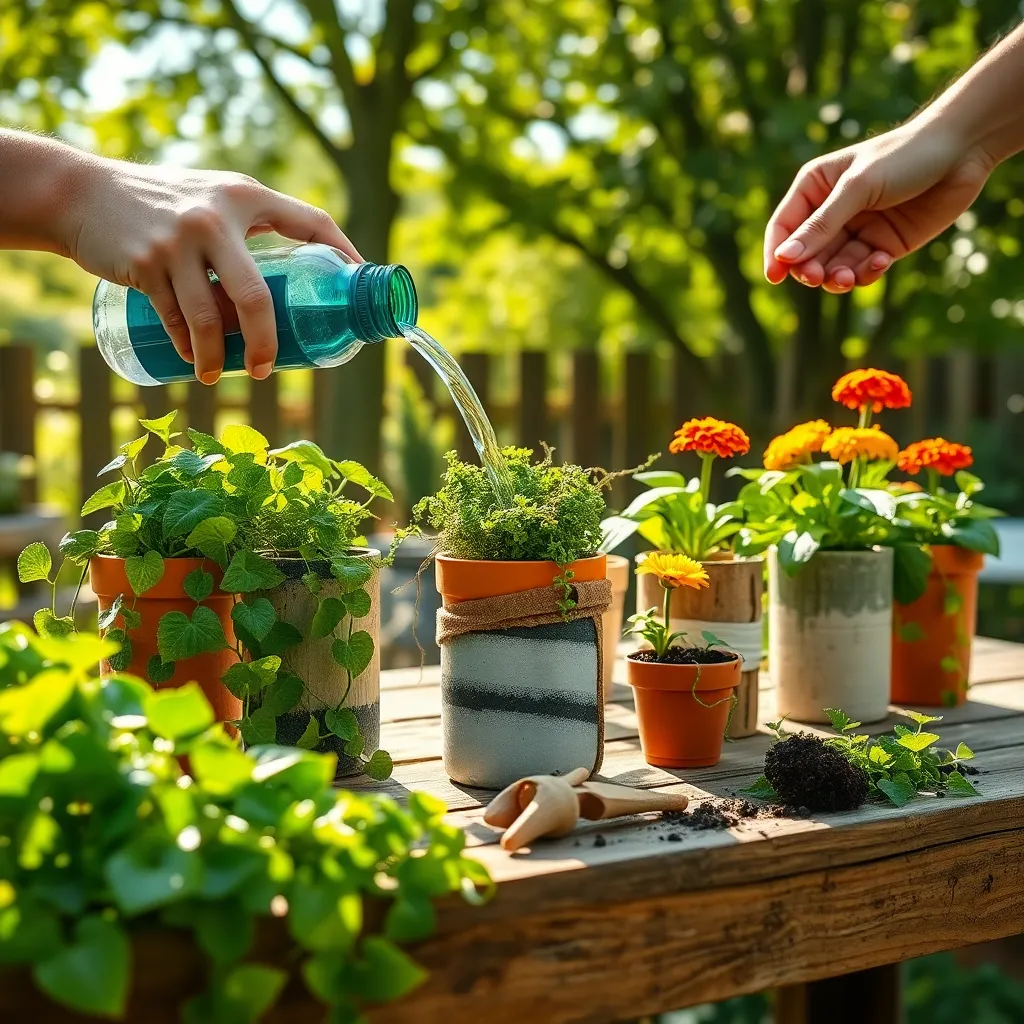
Creating DIY self-watering planters is a fantastic way to reduce maintenance and ensure your plants get the moisture they need. This project is perfect for beginners and experienced gardeners alike, offering a simple solution to keep plants healthy and thriving.
To make a self-watering planter, you’ll need a container, a water reservoir, and a wick or soil bridge. Choose a container with a drainage hole, and ensure the reservoir can fit beneath it, such as a plastic bottle or a shallow dish.
Start by placing the wick, which could be a piece of cotton rope or fabric, through the drainage hole of your container. The wick should extend from the soil into the water reservoir, allowing water to wick up to the plant’s roots as needed.
Fill the container with a well-draining potting mix, which is crucial for preventing root rot. Mix in materials like perlite or coarse sand to enhance drainage and aeration, especially if you’re growing herbs or vegetables.
Once your planter is assembled, fill the reservoir with water and place your plant in the container. Check the water level regularly, especially during hot or dry weather, to ensure the reservoir doesn’t run dry.
Advanced gardeners can experiment with adding liquid fertilizer to the reservoir for a consistent nutrient supply. This technique encourages healthy growth, particularly useful for fruiting plants like tomatoes or peppers.
Plant Herbs in Recycled Containers

Recycling containers for planting herbs is a fantastic way to give new life to old items while cultivating your garden. Begin by gathering various containers like jars, tin cans, or old buckets, ensuring they have proper drainage holes to prevent waterlogging.
Choose herbs that thrive in containers, such as basil, mint, or parsley, which are perfect for beginners. Fill the container with a well-draining potting mix, ideally one with added perlite or sand, to ensure your herbs have the best chance to flourish.
Watering is key to maintaining healthy herbs, so make sure to check the soil moisture regularly. It’s generally best to water when the top inch of soil feels dry, as herbs like basil prefer consistent moisture but dislike being waterlogged.
For more advanced gardeners, consider experimenting with companion planting in your recycled containers. Planting herbs like thyme and oregano together can save space and benefit both plants due to their similar water and light needs.
Keep your herbs in a location where they receive at least six hours of sunlight per day. If your space lacks natural light, supplement with grow lights to ensure your herbs receive adequate light for photosynthesis.
Deter Pests with Natural Sprays
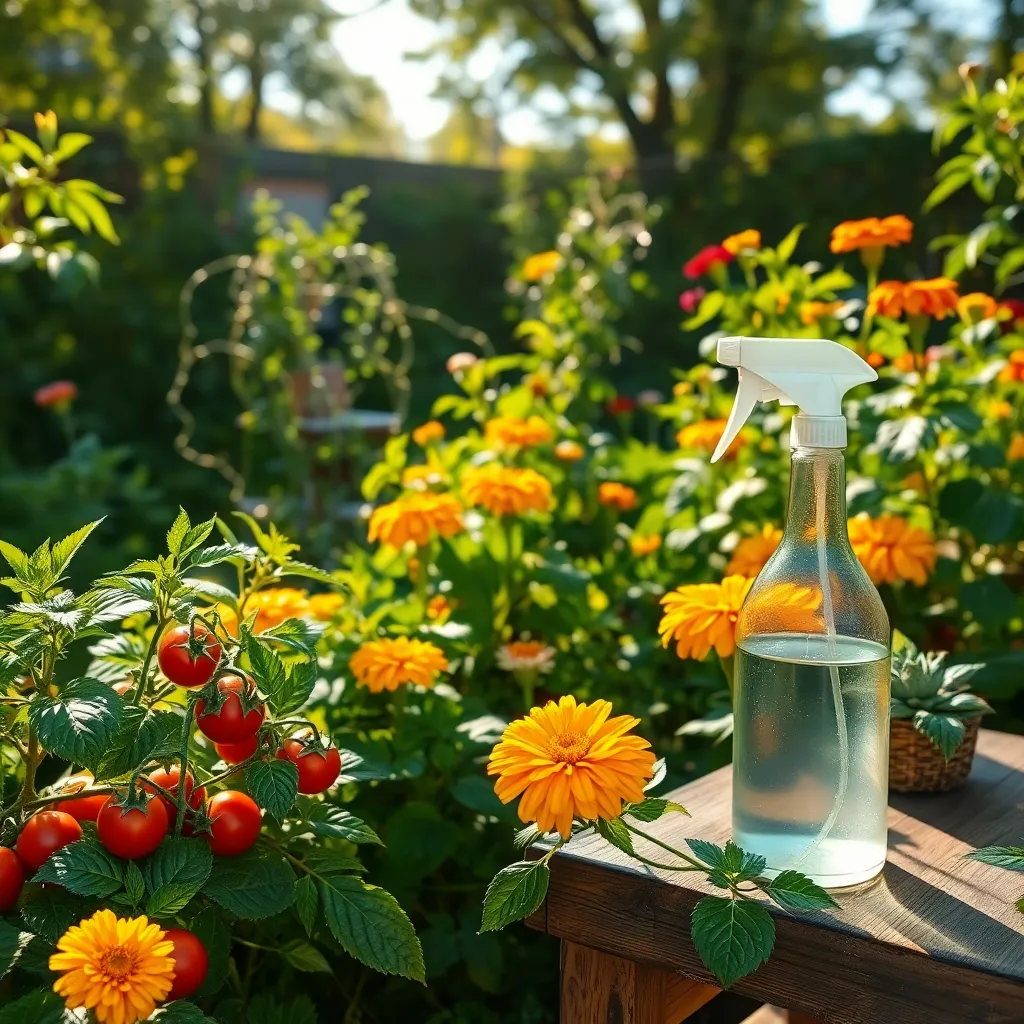
One effective way to keep pests at bay is by using natural sprays, which are both eco-friendly and safe for your plants. Garlic spray is a popular option, as it repels a wide variety of garden pests, including aphids and spider mites.
To make a garlic spray, blend a few cloves of garlic with water and strain the mixture. Add a tablespoon of dish soap to help the solution adhere to plant leaves, then apply it every few days for best results.
Neem oil is another excellent natural pesticide that disrupts the life cycle of many insects. Dilute it according to the instructions on the package and spray it on affected plants, ensuring you cover both the tops and undersides of leaves.
For gardeners seeking advanced options, consider using pepper spray made from hot peppers. This can be particularly effective for deterring larger pests like rabbits and deer, and it’s easy to make by blending hot peppers with water and straining the mixture before use.
Conclusion: Growing Success with These Plants
In exploring ‘Simple Gardening Hacks You Need to Try,’ we’ve unearthed five key relationship concepts that mirror the nurturing power of a garden. First, we learned the importance of consistent care, much like watering plants regularly to help relationships flourish. Second, the necessity of pruning—letting go of negativity to promote growth. Third, the value of diversity in planting, symbolizing the strength found in embracing differences. Fourth, the patience required in waiting for blooms, reminding us that relationships thrive with time. Lastly, the joy of harvesting, paralleling the fulfillment found in shared achievements.
To put these insights into action, choose one concept to implement in your relationship today—whether it’s setting aside time for meaningful conversation or appreciating differences. By doing so, you embark on a journey of growth and connection.
Be sure to bookmark this article for ongoing inspiration and guidance. As you cultivate your relationship garden, remember that success is a continuous journey, blooming with each effort you make. Together, let’s nurture the seeds of love and understanding, ensuring your relationships thrive for years to come. Your flourishing relationship awaits; start the tending today.

